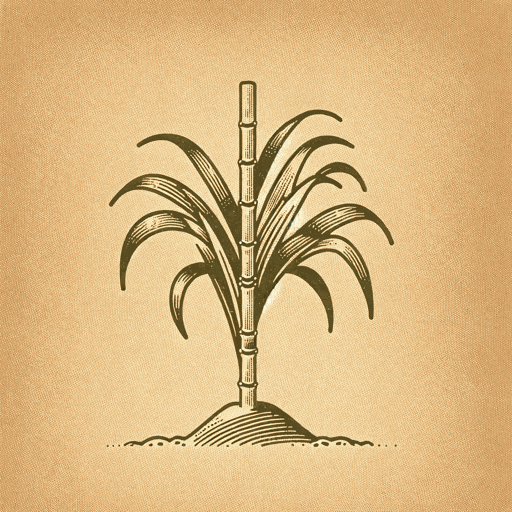30 pages • 1 hour read
Sidney W. MintzSweetness and Power
Nonfiction | Book | Adult | Published in 1985A modern alternative to SparkNotes and CliffsNotes, SuperSummary offers high-quality Study Guides with detailed chapter summaries and analysis of major themes, characters, and more.
Chapter 3Chapter Summaries & Analyses
Chapter 3 Summary: “Consumption”
The author details the five major uses of sugar in England throughout history: medicine, spice, decoration, sweetening, and food preservation. Mintz discusses the multipurpose use of sugar and the difficulty of practically separating the often-overlapping uses from one another. He focuses on the changing meanings of sugar as patterns of consumption gradually changed for different classes of English society since the 14th century.
Sugar “entered slowly into European medical practice via Arab pharmacology” (80), and in England, there is written record of sugar’s medical use as early as the 13th century. Sugar-medicine was “widely established in Europe” (103) by the 16th century and was the subject of fierce debate as to its efficacy in the 17th and 18th centuries. Sugar’s medicinal use declined by the 19th century when “it was transformed into a sweetener and preservative on a mass basis” (107). As a spice, sugar was “prized among the wealthy and powerful of western Europe, at least from the Crusades onward” (80). Its decorative use in Europe began with the nobility, including the practice of serving symbolic “subtleties” (edible sugar sculptures) between courses at royal gatherings, and eventually, this use trickled down to the non-monarchal upper classes of society.
The popularity of sugar as a sweetener in English society grew with its incorporation as an ingredient in tea, coffee, and chocolate.

